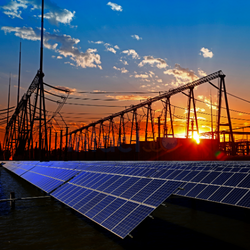Solar Panel Fasteners from Intact360
A solar panel fastener is a device that attaches solar panels to a structure, such as a home or building. Solar panel fasteners are attached to the roof and then the solar panels are attached to the fastener.
There are two types of solar panel fasteners: roof-mounted and pole-mounted. Roof-mounted solar panel fasteners attach directly to the roof of the building and pole-mounted solar panel fasteners attach to poles on top of roofs.
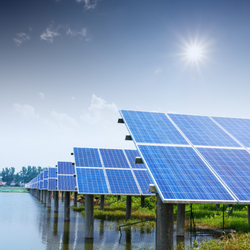
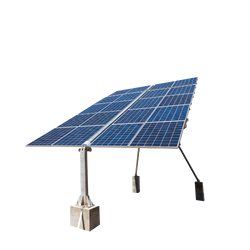
Why the Quality of Solar Panel Fasteners Important?
Solar panels are important to the renewable energy industry. Solar panel fasteners are used to hold panels in place, which is crucial for their functionality.
Solar panel fasteners are important because they help maintain the integrity of the wind turbine or solar panel. Without these fasteners, the turbines or panels would not be able to function properly. Solar panels generate electricity by converting sunlight into electricity.
How do Solar Panel Fasteners work?
Solar panel fasteners are a perfect solution for mounting solar panels on the roof. They provide a secure, strong and easy to install solution for mounting solar panels.
Solar panel fasteners are a type of attachment that is used to mount solar panels on the roof. They are made up of high-quality materials and come with an easy installation process.
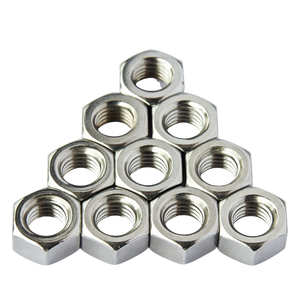
What are the Benefits of using Solar Panel Fasteners?
Solar panel installation is a complicated process that requires safety and precision. Solar panel fasteners are designed to provide the necessary strength and support for solar panels.
The benefits of using solar panel fasteners are numerous, including:
-Solar panel fasteners make it easier to install solar panels on roofs with any pitch.
-Solar panel fasteners make it easier to install solar panels in windy areas or high altitudes.
-Solar panel fasteners reduce the risk of injury when installing solar panels by eliminating the need for heavy lifting.
-Installing a solar panel with a solar panel fastener is less expensive than installing one without one because they eliminate the need for additional hardware or roofing materials.
What are the Different Types of Solar Panel Fasteners?
Solar panel fasteners are devices that are used to attach solar panels to a surface and make them secure.
There are different types of solar panel fasteners that can be used for different purposes. Choosing the right solar panel fastener is crucial as it determines how long your panels will last and how well they will perform.
The two major types of solar panel fasteners are:
– Clamps
– Mounts
What Types of Fasteners are Used in Solar Panels
Solar panels can’t be installed without fasteners. These fasteners are essential for ensuring that the apparatus stays put in the face of high winds or other environmental stresses. This article will serve as a primer on the most popular options for mounting solar panels. Fasteners come in different shapes and sizes. They are used to hold two or more things together. They can be used for a wide range of applications such as construction, automobiles, furniture, and so on.
1) Screws: Screws come in a variety of sizes and shapes, but they all have one thing in common – they screw into things! They are typically used as an attachment points on structures such as buildings or outdoor furniture.
2) Bolts: Bolts are threaded metal rods that have a head on one end that screws onto something and threads at the other end that fits into a Bolts can be used to create a loop for hanging items or to connect two pieces of metal together.
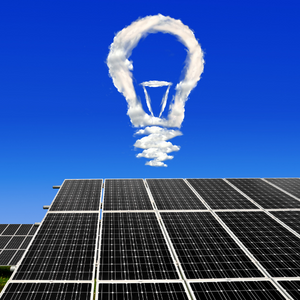

The Advantages of Using Solar Panel Fasteners
A solar panel fastener is a device that attaches solar panels to a structure, such as a home or building. Solar panel fasteners are attached to the roof and then the solar panels are attached to the fastener.
There are two types of solar panel fasteners: roof-mounted and pole-mounted. Roof-mounted solar panel fasteners attach directly to the roof of the building and pole-mounted solar panel fasteners attach to poles on top of roofs.
Solar panel fasteners are used to fix solar panels to the roof, which are usually installed with the help of a professional. The advantages of using solar panel fasteners include:
– Quick installation
– Durable
– Easy to install
– No need for roof penetrations
Solar panel fasteners are often considered when installing a solar array. They are typically used in conjunction with screws, nails, and brackets. Solar panel fasteners serve as the attachment point for solar panels to the roof of a building. A wide range of different types exists that can be used depending on the construction of a roof or other surface areas. Some types require no penetration into the roof while others may require penetrating into curbs, rafters, or blockwork walls that support a pitched roof
Types of Solar Panel Mounting Systems and Their Installation
Ground-based solar arrays
The primary benefit of ground-based systems is the flexibility they offer in terms of location, requirements, and suggested design.
1) As the most common type of ground-based structure, foundation mounts
You need to have the ground ready for digging before you can set them up. Excavation is required for the installation of Engineered vertical tubes or pipes housed in a concrete base.
Solar panel mounting structure on a foundation.
A geotechnical investigation and site assessment are necessary before a mounting structure can be installed to determine if the soil is stable enough to support it. The force exerted on a foundation can change depending on the type of soil present.
Depending on the soil type, a helical pile, ground screws, or a concrete base may be required.
2) Heavy ballast raises the floor
Instead of drilling or excavating into the ground, a system for mounting ballasts can be used in places where the ground is too unstable for such methods.
The ballast-securing concrete blocks have already been produced.
A set of cast iron sun poles. The arrangement is standard for rooftop solar systems.
3) Equipment that is mounted on a pole
Mounting a building on a pole eliminates the need for the groundwork that’s not exactly simple or for the ground to be leveled. Instead, a steel pole is set into the ground and reinforced with concrete. This simple framework is adequate for holding up solar panels. Adjustments that are unique to the environment, such as extreme weather or an insufficient soil type, may be required.
4) Arms with several poles
The concept is straightforward, much like that of pole-mounted buildings. Instead, each solar panel is arranged in a single column across the width.
By connecting more pipes vertically, the solar system can expand horizontally to accommodate a wide range of sizes.
These structures allow for bigger systems to be installed with greater and simpler tilt flexibility than pole-mounted systems, which require modification for each pair of panels and require fewer soil holes.
5) SmartFlower
Now, consumers have a cutting-edge choice. A SmartFlower Solar System is a great way to get your feet wet in the solar energy world. It’s a flower-shaped solar panel array that may be placed directly on the ground.
The mechanism activates at sunrise and deactivates at sunset daily.
One benefit is that the petals are quite effective at doing their job. Product literature states that a SmartFlower structure’s 2.5 kW output is equivalent to that of a 4 kW ground-mounted device. A dual-axis tracking system built into the solar cells keeps them at the optimal tilt angle to capture the most light. Inexpensiveness is a major drawback of this innovation.
The solar cells and mounting structure for SmartFlower are pre-assembled, making installation much easier and faster (just 2 hours) than with conventional ground-mounted systems.
2. Solar panels installed on rooftops
Most families opt for solar panels that are mounted on the roof. The cost is a major factor among many others.
As the roof itself serves as the primary framework required to support the panels, it is typically less expensive than ground-mounted systems. In contrast, the installation of metals like aluminum or steel frames to support ground-based panels would drive up costs.
The mounting system for solar panels must therefore accommodate a slanting surface when installing solar panels. Manufacturers provide a variety of choices to achieve this goal:
1) Structure for attaching to rails
It’s the most typical type of building with a roof. Including installing rails on the roof. After that, clamps are used to secure each panel solar to the tracks. Screws and bolts fasten the rails to the roof.
2) System for mounting without rails
Each panel is fastened to new heights with bolts and screws in a direct installation. Its benefits include faster installation, lower installation prices, and cheaper production and distribution.
Installers have more freedom to arrange solar panels as they see fit without being constrained by rails.
The biggest problem with the rail-free learning curve of the system is associated with setting it up. Expertise without rails for mounting is required for this task.
3) Mounting system with shared rails
The functionality of this mounting system is identical to that of the railed variety. The quantity of rails required to be set up is the key differentiator.
The best solutions for solar panel fasteners and mounting structures installation is to use high-quality materials and to ensure that the project has a detailed design.

